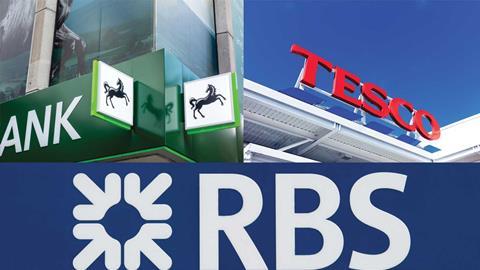New and innovative products are establishing third-party funding as a staple of the UK claims market – other jurisdictions will follow
Last year was characterised by exponential growth for the dispute resolution funding market. As knowledge of funding has grown among law firms, corporates and institutions, the use of funding to bring claims, both in the UK and across the globe, has increased significantly.
Development and growth
Increased discussion about dispute resolution funding across the market cannot have gone unnoticed by lawyers and their clients. The number of funders entering the market and therefore the amount of capital available to fund claims is rising fast. In tandem with the growth in available capital is the growth in the development and sophistication of the funding industry. As established players in the market increasingly fund larger and more complex cases, new and innovative funding products are being developed. It is this innovation which will undoubtedly make its mark in 2018.
Portfolio funding
Portfolio funding is a clear example of this and can take a number of different forms. The most common is funding a number of claims brought by the same claimant against the same or different defendants. Funding portfolios of claims often results in enhanced terms for the claimant. This is because in a portfolio the funder’s investment and return is usually cross-collateralised across the claims, and therefore their exposure to a single claim winning or losing is minimised.
Innovation
Portfolio funding is not the only innovative form of funding in the market. Vannin is increasingly being approached by claimants (often directly) to structure novel and increasingly complex funding arrangements. For example, early payment to creditors of an insolvent company who would otherwise have to wait for the conclusion of a claim before being paid, or defence funding for a company with Vannin’s return contingent on success in an unrelated claim being brought by the defendant company. While success in a dispute always sits at the heart of our return in each of those structures, how the funding is itself deployed can vary significantly.
Group actions
Another area where there has been a marked increase in the use of funding is in group claims brought by large corporates and institutions.
The claims against RBS, Lloyds and Tesco are perfect examples of this. Large organisations are bringing claims as groups on a funded basis. The reasons for this are clear: these claims can now be brought with no cost risk or exposure, with no impact on balance sheets, profit and loss, or earnings before interest, taxes, depreciation and amortisation. Large claims that would otherwise attract significant costs are brought with no cost exposure or risk. This means claims can be viewed as an asset rather than a liability to be managed. With legal budgets increasingly being squeezed and a total focus on profit and loss, funding enables a claim to be treated as an asset. The accounting benefits of not having to attribute any impairments in accounts to the ongoing costs of the claim are being embraced by clients.
Global growth
To date, the UK has been one of the most active jurisdictions for funders. The industry here is well-developed and flourishing. However, of note is the marked increase in the interest and use of funding in other key disputes centres. Positive legislative changes and growing acceptance of funding in Hong Kong and Singapore are two perfect examples. Ongoing consultations and legislative developments in Jersey, Cayman and Dubai suggest the keenness with which these jurisdictions view funding.
Given the criticism that the UK already faces as to the high costs of bringing claims here, the development and availability of funding in other jurisdictions is something which the UK disputes market should take note of.
2018 and beyond
What do the developments in 2017 mean for lawyers as we move through 2018 and beyond?
The ready use and availability of funding and the increased sophistication of the market mean that funding is now an established part of the dispute resolution market. This makes discussions with clients about using funding easier. This ease will only grow over time as the market continues to mature through 2018 and beyond, enabling solicitors and their clients increasingly to bring claims that they would not otherwise have had the resources to do, levelling the playing field between impecunious claimants and large defendants.
What this means in practice is that funding is not something that can now be ignored. Dispute resolution lawyers should be aware of and discussing funding with clients at the early stage of a dispute. Funding is not suitable for every claim that is brought and there may be very good reasons why funding is not used in a particular case. However, to ignore it entirely or to dismiss it with no thought at all is to risk ignoring professional obligations to advise clients as to all cost options – funding has to now be a key part of those discussions.
What 2017 perhaps identified most clearly, however, is that funding is no longer the preserve of impecunious claimants. Large, well-capitalised claimants are seeing the benefits of funding – be it as a single claimant, on a portfolio basis or part of a group. It is this development which will result in the most significant developments for the funding market and which will cement the role of funding as an integral part of the dispute resolution landscape in the UK and across the globe.
Rosemary Ioannou is managing director of Vannin Capital
































No comments yet